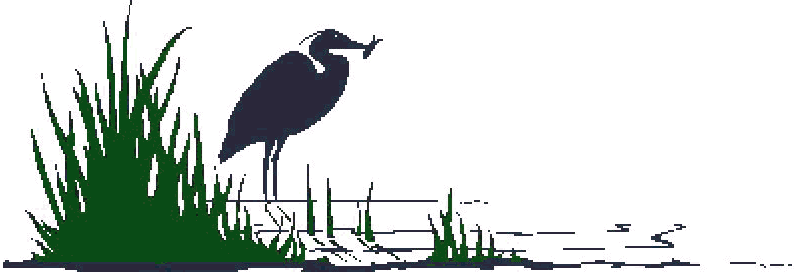

![]()
|
|
Habitat Use and Movements by Mountain Goats in North-Central British Columbia This study was developed in 2002 as a multi-year project (proposed completion in March 2005) to monitor mountain goat movements in and between non-alpine terrain features, as well as provide a detailed investigation of forested habitat use in relation to the use of other habitat types. The objectives of this project include:
Habitat Assessments, Suitability Mapping and Habitat Monitoring for Grizzly Bear in the Nangeese River Watershed, Kispiox Forest District, BC This study included conducting field assessments and the completion of ecosystem mapping and habitat suitability maps for grizzly bear in the Nangeese Watershed. The objectives of the project were to:
Other Projects Habitat Assessments Since 1998, Ardea has completed habitat assessments for a wide variety of clients including the Ministry of Forests (Kalum Forest District, Kispiox Forest District SBFEP, Morice Forest District SBFEP and Lakes Forest District), the Ministry of Water Land and Air Protection, the Ministry of Sustainable Resource Management, the Morice and Lakes Integrated Forest Practices Agreement, Houston Forest Products Ltd., Canadian Forest Products Ltd., Kispiox Forest Products and Doublestar Mining Ltd..
Habitat Supply and Suitability Modeling The development of detailed habitat suitability models are currently being undertaken by Ardea Biological Consulting for selected wildlife species of interest in the Morice and Lakes Innovative Forest Practices Agreement (ML-IFPA) including: caribou, fisher, grizzly bear, marten, moose, mule deer and northern goshawk. Habitat supply and suitability models for these species are developed using a combination of empirical relationships, scientific literature, and professional judgment to define variable relationships including habitat quality, foraging abundance, prey abundance, risk of predation, wintering conditions, and denning and rearing habitat to name a few. This information is incorporated in the model using Bayesian Belief network (BBN) software (Netica©) and used in conjunction with other models that forecast future forest conditions based on various management practices. One of the main advantages of the Netica©BBN software is its ability to incorporate uncertainty. The Netica© BBN software allows uncertainties to be explicit and carried through to give a more accurate rating of habitat supply and suitablity.
Trail Monitoring Ardea desgined this study to monitor movement patterns of mountain goats using the forested trail system between Nadina Mountain and Mineral Lick Bluff in the Morice Forest District of north-central BC. Previous work by Ardea Biological attempted to quantify forest habitat use within the study area, but observations were limited by viewing locations making accurate observations difficult and the inability to monitor continuously. The identification of a trail system between the mineral lick and Nadina Mountain provided the opportunity to study one aspect of mountain goat use of forested habitats, through monitoring their use of the trail. Forest harvesting and road building was proposed to occur across the trail, so this provided the opportunity to investigate the effects of forest development activities on mountain goat trail use. The movement patterns of mountain goats using the trail between the mineral lick and Nadina Mountain were monitored using remote, infrared cameras over three years to assess the potential effects of proposed road construction, road use and forest harvesting on trail use. Remote cameras were set up along the mountain goat trail at locations on either side of the proposed road location and between the mineral lick and Nadina Mountain. Sampling took place during non-snow conditions (May to October) and over the period 1999 to 2001 to cover the pre-harvesting period. Harvesting and road building is still proposed for the area, but has not happened yet. If and when it begins, data about during and post-harvesting effects on mountain goat trail use patterns can be collected.
|
|
|||
Contact us:
Ardea Biological Consulting
2175 Millar Rd
Smithers, BC
VOJ 2N6
Telephone: 250-877-6705 - Fax: 250-877-6805
email: info@ardea.ca